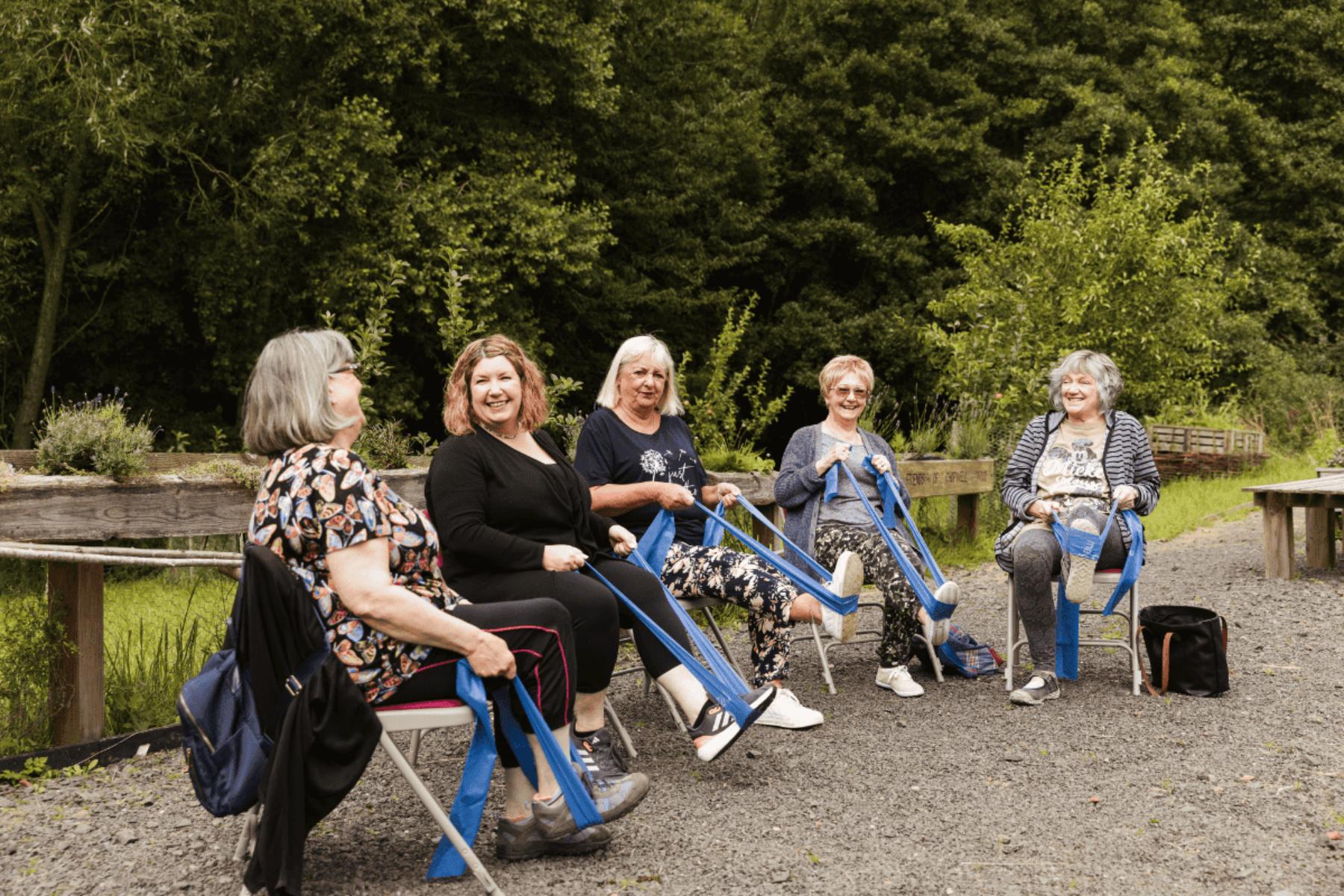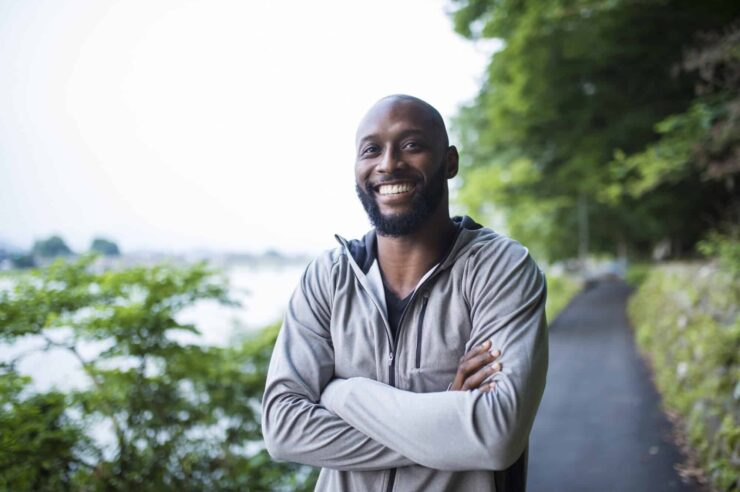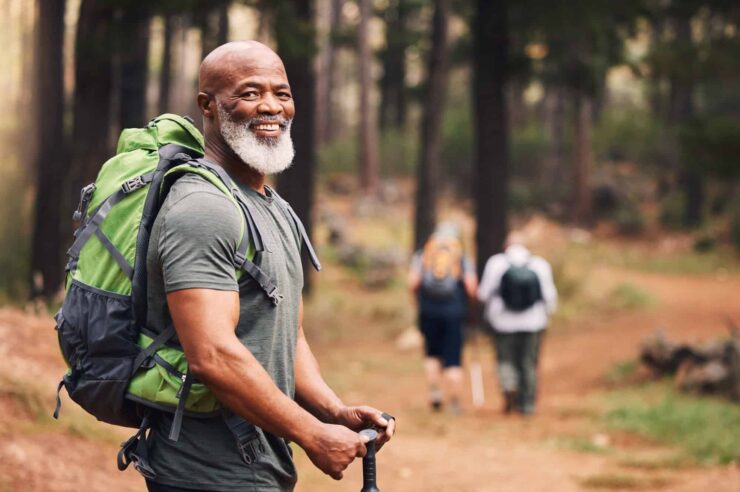The boosts for both mental and physical health are significant for the participants of a forest-based wellbeing programme near Newcastle upon Tyne. We hear their stories and find out if green social prescribing might soon become more widespread
At Chopwell Wood, the suburbs of Tyneside are blocked from view by trees – ash, beech, sycamore and especially giant conifers. The whisper of wind through lofty needles is constant and enveloping.
It’s here as well that green shoots of personal healing are sprouting. The wood is one of two sites being used by Forestry England, which manages publicly owned forests in England, to pioneer a cutting-edge approach to public health: green social prescribing.
There is little doubt that being in nature is good for us. According to evidence collated by The National Academy for Social Prescribing, there is “now a large body of research evidence reporting the benefits of the natural environment on mental health”. From lowering blood pressure and stress, to feeling connected to the community, being in the great outdoors has few, if any, downsides. But are the people who might benefit most finding their way into nature?
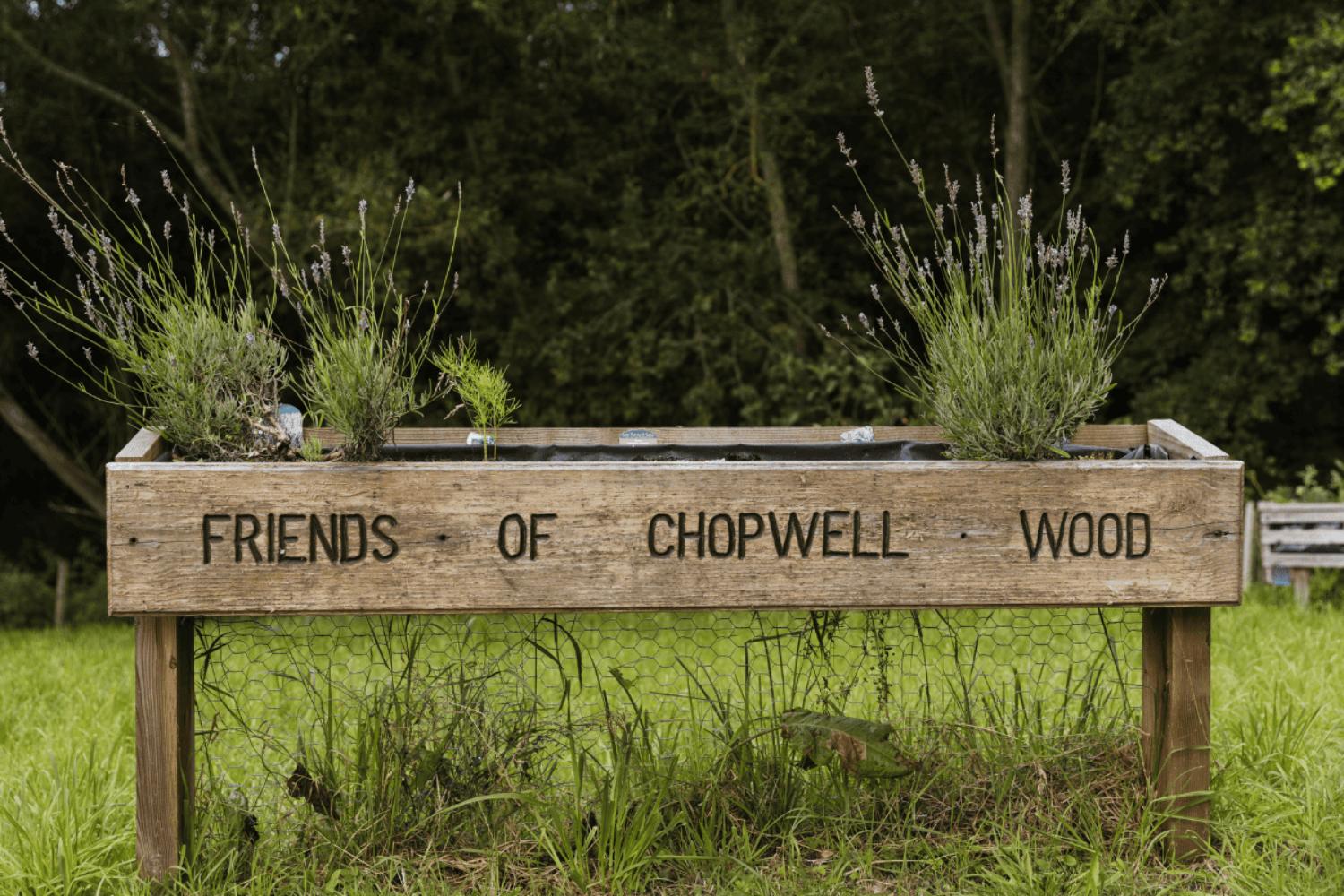
People can join the Feel Good in the Forest programme of their own accord or via a GP or support worker referral
At Chopwell Wood, a 360-hectare mixed woodland, located just over 10 miles from Newcastle, the mental and physical health benefits of being in nature, combined with the power of community, are being served in a potentially life-changing combination.
Feel Good in the Forest, which began in 2020 at Chopwell Wood and Thames Chase, near London, includes free activities such as trail-walking, archery, forest bathing, cycling and volunteering. People can come of their own accord, or via a referral from a GP or support worker.
Lucy Brenkley, active forests coordinator at Chopwell, has seen radical changes in some of the regular visitors. One attendee told her that getting active at the wood had helped her to manage her diabetes symptoms. Another regular visitor, so nervous about Covid that she struggles to be near other people, accepted a pair of gloves from Brenkley’s hand this summer – a breakthrough.
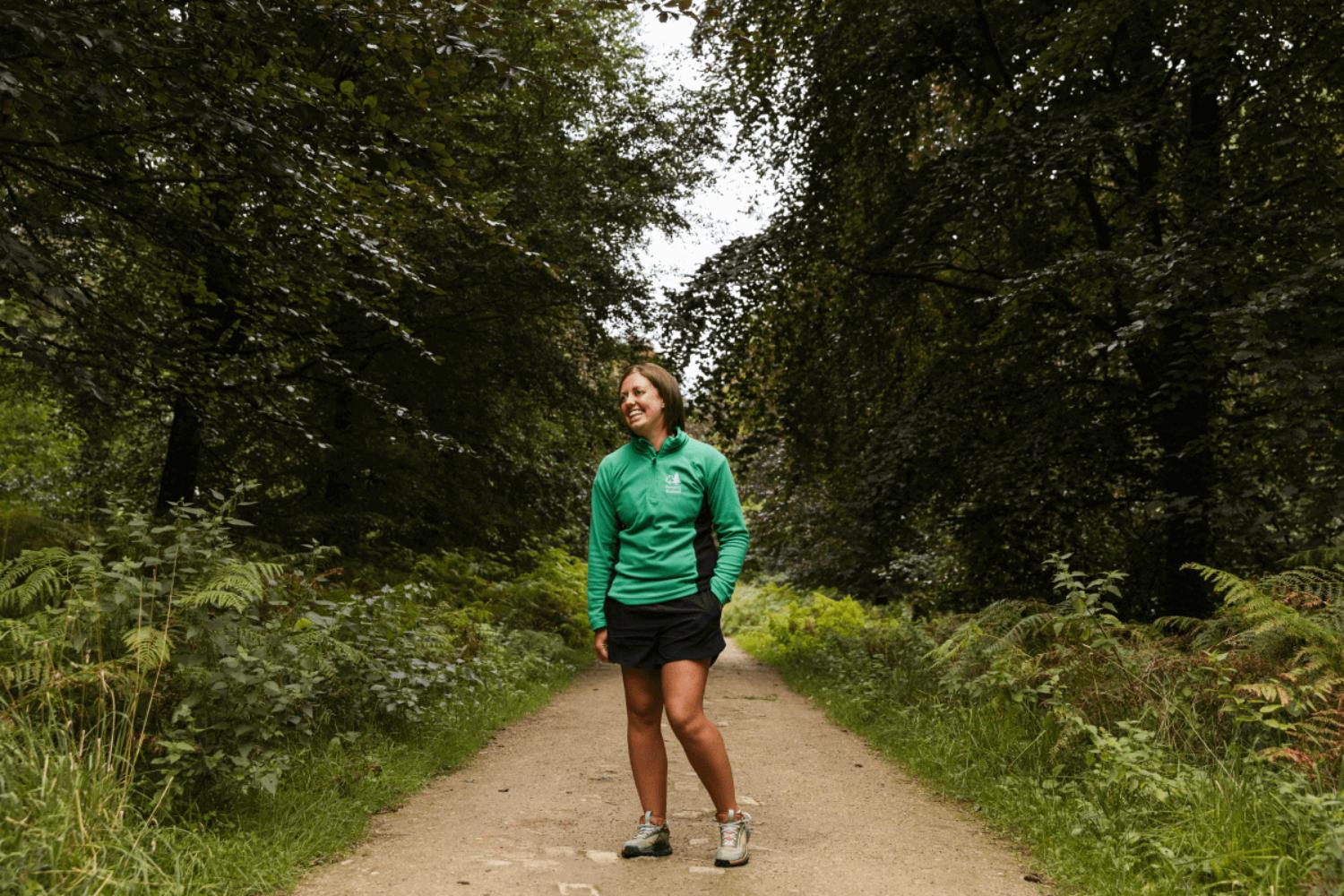
Lucy Brenkley has seen positive changes in some of the regular visitors to Chopwell
“She said it made such a difference to her, coming to the wood,” says Brenkley. “And she even learned to ride a bike here. I was a proud parent at that moment!”
Between 2020 and 2023, Feel Good in the Forest hosted a combined 6,183 visits to its sites. Tim Braund, active forests health and community officer at Forestry England, says plans are afoot to expand the programme to two more woodlands. Meanwhile, a wider green social prescribing movement is gathering pace.
“People are recognising the benefits of the environment beyond the utility of food and resources,” says Braund. “Forests are more than just trees and timber. They have physical and mental health benefits that we hadn’t really accounted for, so it’s really important that we have these environments and are connected to them.”
I’ve seen people absolutely bloom
According to research commissioned by the Department of Health and Social Care, nine out of 10 clinicians know at least a bit about social prescribing, and 16 per cent ‘know a lot’ about green social prescribing in particular. Dr Georgina Sowman is one of them.
“Very often it’ll be beneficial to guide patients to spend more restorative time connecting and interacting with nature. And the more we can expose people to the benefits of nature, the more people will care about what’s around them,” she says.
Before deciding whether to recommend a nature-based activity, you need to understand the patient as an individual, Sowman explains. She listens for allusions to happier times spent outdoors, or frustration at the inaccessibility of green spaces. “It’s about making patients feel empowered; not just telling them to go outdoors. If we listen to people’s experience, we can signpost some of the incredible activities that are available,” she says.
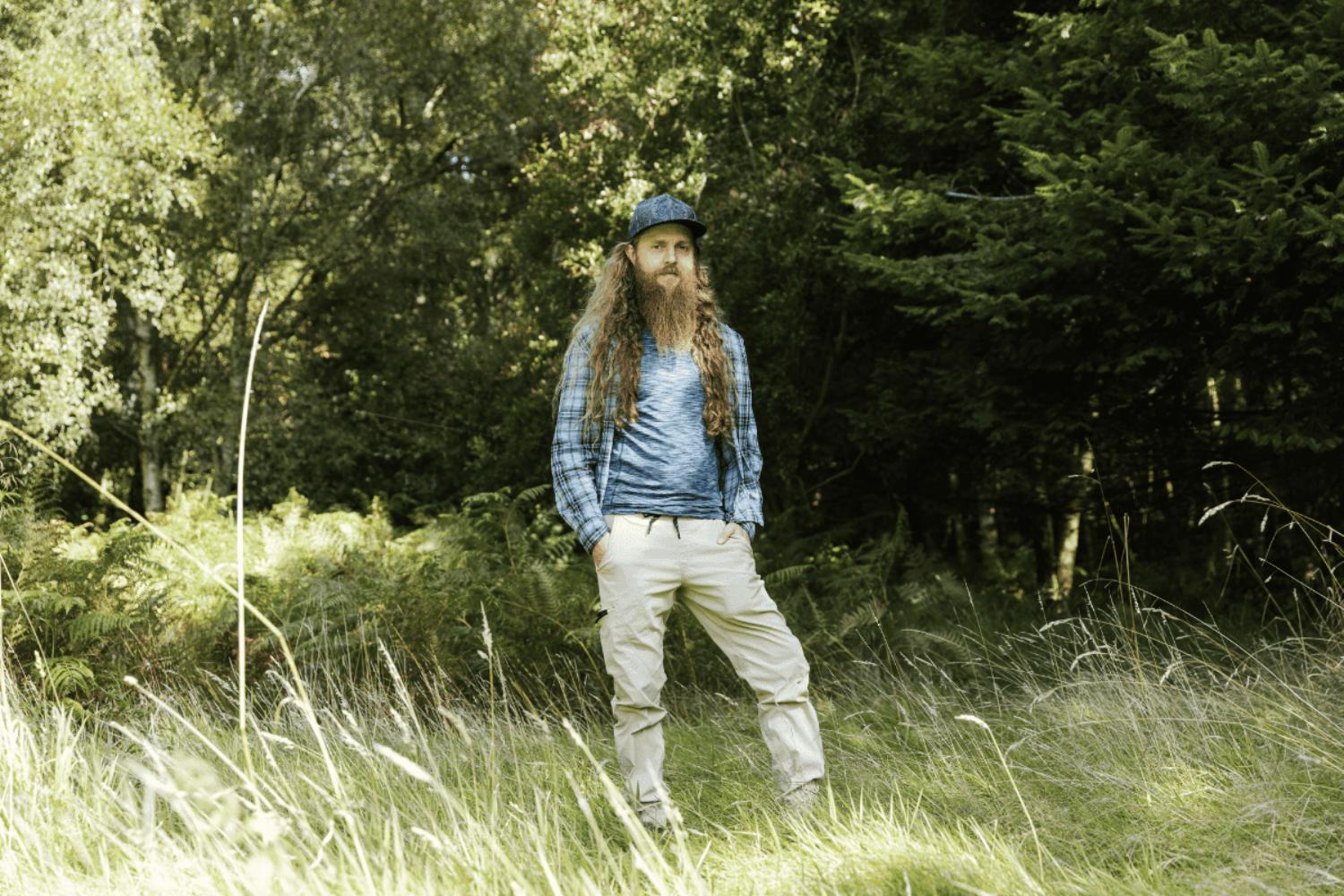
Andrew Hannant, a volunteer at Chopwell, says the programme helps him with his anxiety
Andrew Hannant, who struggles with anxiety, first visited Chopwell for an archery session. “It gave me a reason to come to the forest and be in nature, because sometimes I find it difficult to even get out of bed,” he says. Taking the bus from the town of Gateshead, south of Newcastle, was nerve-racking, but Hannant soon felt at ease among the community at Chopwell. After a few visits, he joined as a volunteer.
“It’s like going out to do a bit of work with your family, and it just makes me feel a lot calmer and less anxious,” he says.
Carol and Paul Fountain have lived within Chopwell Wood for many years – and just like Hannant, they’ve found community through Feel Good in the Forest. As volunteers, they’ve helped with all manner of projects, including planting fruit trees and constructing vegetable planters around the site.
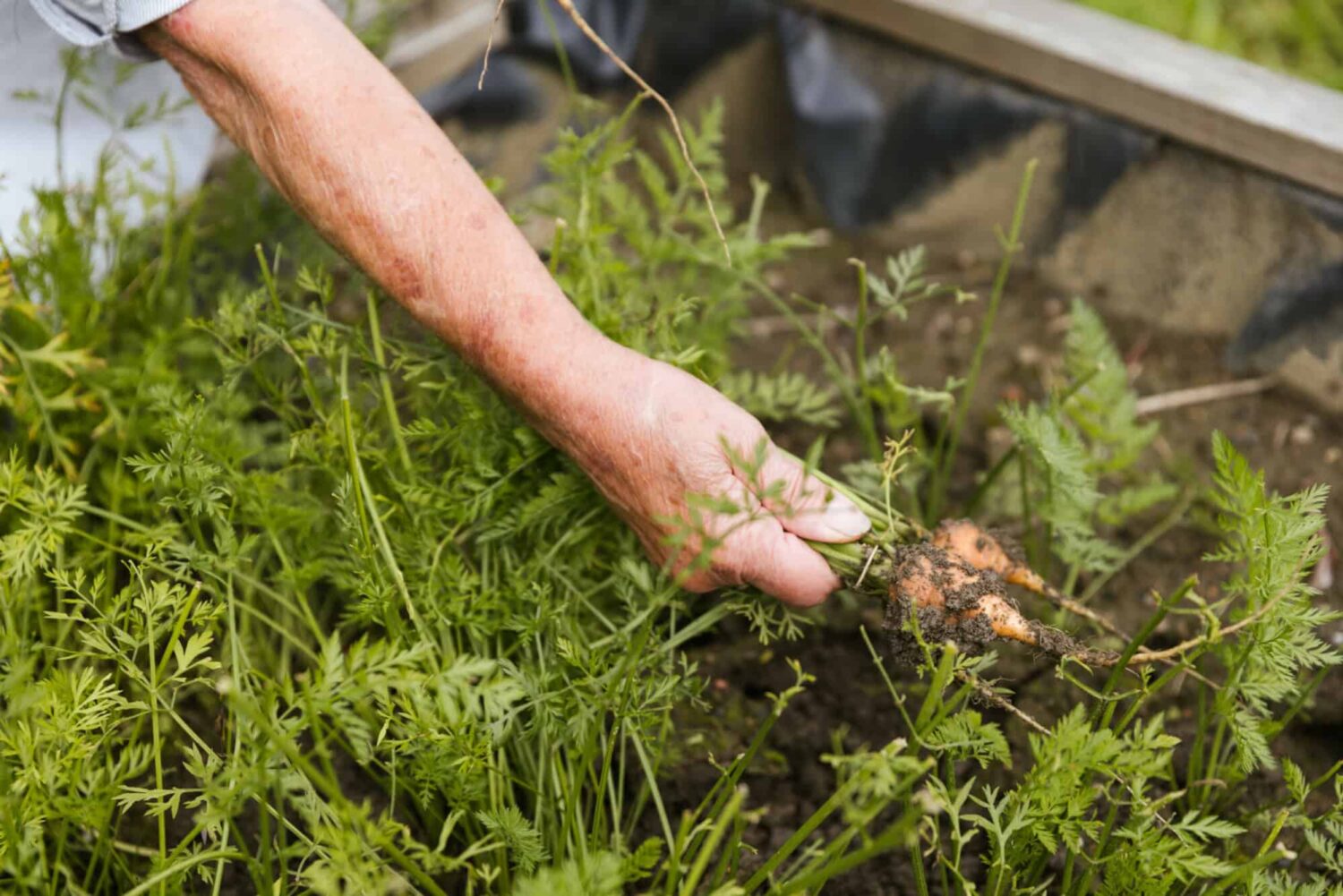
The mix of nature, fitness, and social interaction has improved participants' mental and physical wellbeing
“With the health walks and other activities that are going on, I’ve seen people absolutely bloom,” says Carol. “Three or six months later, there’s such a difference. It’s the camaraderie, the fitness and everything else”.
While I’m on site, a group arrives for their weekly seated exercise class. They sit in a circle with an instructor, practising movements to improve strength, coordination and circulation. Wendy Cormack tells us that the sessions have helped her mentally and socially, as well as physically. “If I didn’t come here, I wouldn’t do anything at all,” she says. “But it sort of inspires you on.”
There is an appetite at government level to explore green social prescribing. Between April 2021 and March 2023, a state-backed scheme saw such programmes piloted at seven ‘test-and-learn’ sites throughout England. Depending on the findings of these pilots, (which are due to be published in full this year or next), plans for national-scale studies could be given the green light.
Many in government will be enthused by the potential for green social prescribing to improve lives. Others may be swayed by the potential to reduce spending on healthcare. One recent report published by The Wildlife Trusts found that delivering green social prescribing to 1.2 million Brits could save the NHS over £635m per year.
According to Braund, there remains a need for sustained investment in social prescribing link workers, support for referral organisations and funding for organisations that provide nature-based interventions.
“We in the environment sector need to continue to reach out to NHS and public health partners to demonstrate the value of nature-based activity interventions that benefit physical and mental health and wellbeing,” he says.
“The aspiration is for link workers, healthcare professionals and communities to be able to access sites independently and with confidence; and for local Forestry England teams to have the skills, knowledge and understanding to be able to reach out to professional networks, communities and groups to enable more use of the nation’s forests for wider societal health and wellbeing benefits,” Braund adds.
Healthcare is often described as an ecosystem, incorporating hospitals, GPs, support workers, patients and many other stakeholders. Perhaps nature has been a missing link.
Images: Joanne Crawford
